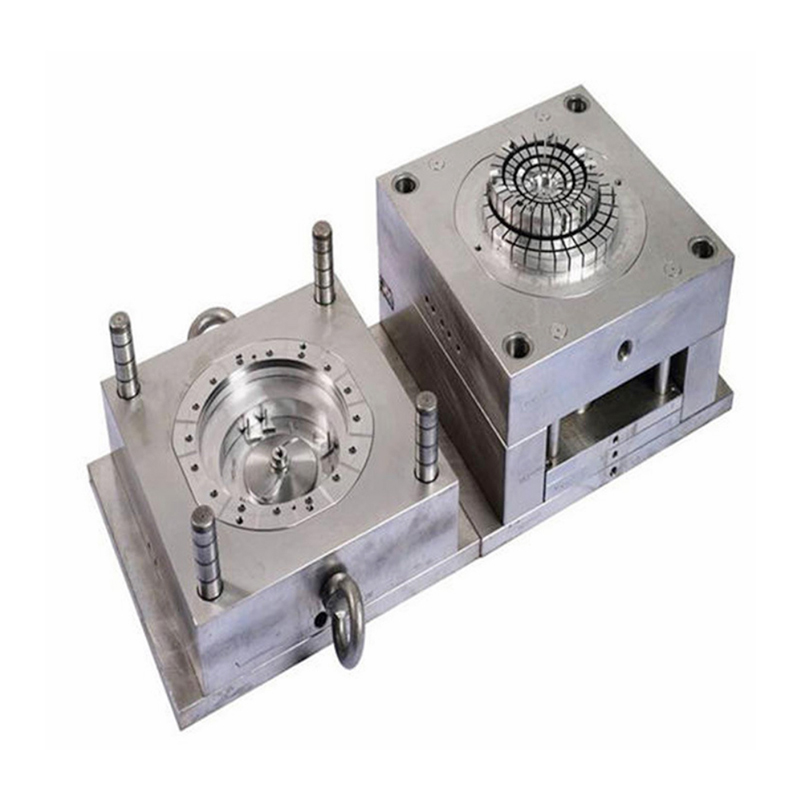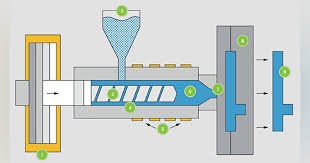What are the 9 types of injection molding?
Different types of injection molding processes have been used in different industries. Especially those who make their living by manufacturing. Creating products and services efficiently for the best advantages of the global market. Want to know the different ways of shaping various materials?
Injection molding is a method of injection molding in which the heat-melted resin is injected into the mold cavity at high pressure and then cooled and cured to obtain injection molded products. Injection molding is divided into six stages: mold closing, injection, pressure-holding, cooling, mold opening, and product removal.
Metal Injection Molding
Plastics are not the only materials used for injection molding. Industries who use metals can also use this manufacturing process as well. Niche industries make use of this for specific product requirements. This is especially useful for electronics and other manufacturing industries for digital purposes. This is one of the newer technologies that dispels traditional processes because of how distinct markets require complex shape parts.
Overmolding
Overmolding allows two or more polymers to be used to make a part. This is typically what manufacturers do when they see that parts can be improved with different materials. The specific process for each part is accomplished by covering the substrate, which is usually the first material, with a secondary material, such as an overmolded material. Products produced by overmolding are often used for common applications such as personal care products or tool accessories.
Insert molding
This process is very similar to secondary molding, but insert molding is limited in terms of materials. This is because it uses sub-materials to fill the cavities of the part to give it greater strength. Two or more components are used to create a single product, which is accomplished by filling the insert with the polymer of your choice. Parts made from insert molding are mostly durable because it does not require additional parts that would make the product bulky but less functional.
Gas Assisted Injection Molding
This type of injection molding prevents molded parts from being damaged or deformed as they go through a cooling period. It processes the part by injecting gas into the plastic-filled injection mold, which helps maintain its smooth finish. You can use it for parts that require a hollow cross-section, as the gas-assisted process can do this without incurring additional costs.

Thin-wall forming
It is difficult to obtain thin-walled plastic molded parts during manufacturing. But thanks to this injection molding process, you can achieve it. This type of process is very useful if you want to minimize cracks on molded parts. Thin-wall molding has the highest standards of precision because it can be used for small parts. Since the mold design requires precision, the process should be performed in detail. This is commonly used for electronic devices, tubes, medical parts, pipes, etc.
Thermoplastic injection molding
This type usually deals with thermoplastics as the main material. Thermoplastic polymers are essential for a wide range of applications from electronics to the automotive industry. The advantages of thermoplastic injection molding are mainly attributed to its electrical conductivity and critical strength. It offers resistance to shrinkage and a low risk of damaging parts. It is highly versatile and sustainable, which makes it a suitable process for companies with stringent design and functional requirements.
Liquid Silicone Injection Molding
This process is particularly useful for high-grade medical devices and automotive parts. It is not well adapted to extreme temperatures, but its process also requires extremely hot molds to operate. Liquid silicone injection molding involves using the injected material in a hot mold to make the part. Then, the cold material is injected again to make it more flexible in terms of parts without being subjected to high temperatures again.
Hot runner molds primarily deal with heat as their proxy application. This is used for plastic resins that require external or internal heat to achieve. Hot runner molding uses two plates that can be heated by a system that can accommodate parts from small to large. This also has benefits for companies that want to maintain the highest quality injection molding without incurring excessive production costs.
Cold Runner Molding
Hot runner molding uses 2 plates as its base, while cold runner molding uses 2 or 3 plates for its process. While the difference may seem small, the plates can affect the molding cycle time because it mainly involves how the runner system separates the plates from the mold. Cold runner molding is popular among companies involved in injection molds. Many companies have seen the advantages that this process can bring to manufacturing. The cycle time for this system is faster, especially if you have robots to assist in removing the runner.
Understanding the different types of injection molding can help you make decisions about part production. Experts in the molding industry can provide you with resources on how to best meet your design needs. The injection molding process is vital to the economy because many industries rely on it to stay in business. With injection molding, you can get value for money and a well-rounded part that is proven to be the best material for your product.
NINGBO FUERD MECHANICAL CO., LTD
Website: https://www.fuerd.com
